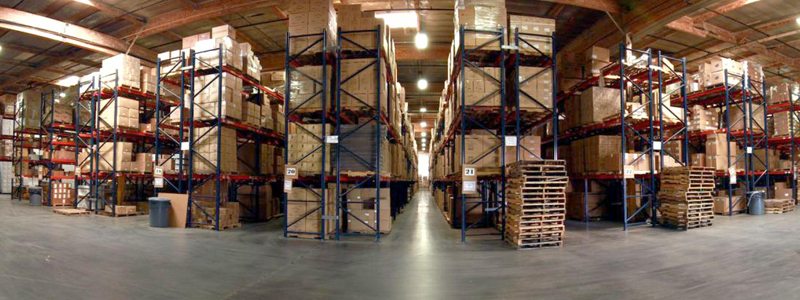
When you are running out of space in your warehouse, the first reaction is that you need to add on or build new storage capability. But in truth, there could be other reasons that you are bulging at the seams, and firming up some inventory practices and space optimization plans can make all the difference.
First, take a look at your inventory. While you want to be sure you enough stock to avoid back orders, carrying too much stock takes up valuable room. Conduct an analysis on your inventory lines and determine a safe stocking point that allows you to fill orders but not keep a lot of excess on the shelf.
While you are evaluating your inventory, take a look at how active each line is as well. If there are products that are not ordered often and take up a lot of space, determine if they are a product lien that you need to continue to carry. If not, get rid of it. If it is one to carry, pare down to the barest necessary number of items.
Finally, while you are looking at your inventory, make sure is assigned a location, and that each item is only in one location. Too often, items are in more than one area through simple human error. Staying on top of your inventory can make a huge difference in available space.
Once you have been through your possible inventory management improvements, it is time to look at the space you have. Is it being used properly? Can you redesign the warehouse to make better use of its cubic dimensions?
Things to look at include:
- Tunneling the rack: this is the often-unused space of the area over cross aisles. Convert it to storage space with back to back rack sections.
- Mezzanines: by adding a mezzanine over existing work areas, or moving work areas to a mezzanine, you can take advantage of the height in that area.
- Rack over dock doors: for less used items, placing racks over dock doors works very well.
- Vertical cubes: this includes space above docks, work areas, pick areas, cross aisles and loads. Addressed already in other suggested areas, look up and around to discover other unused areas.
You can also look for outside storage capabilities for seasonal items, rent more space or another building, or build more space, either by adding on to the existing facility or constructing a new one. But before you spend the money, make sure you are getting the most out of where you are, efficiently and safely.


.png)



